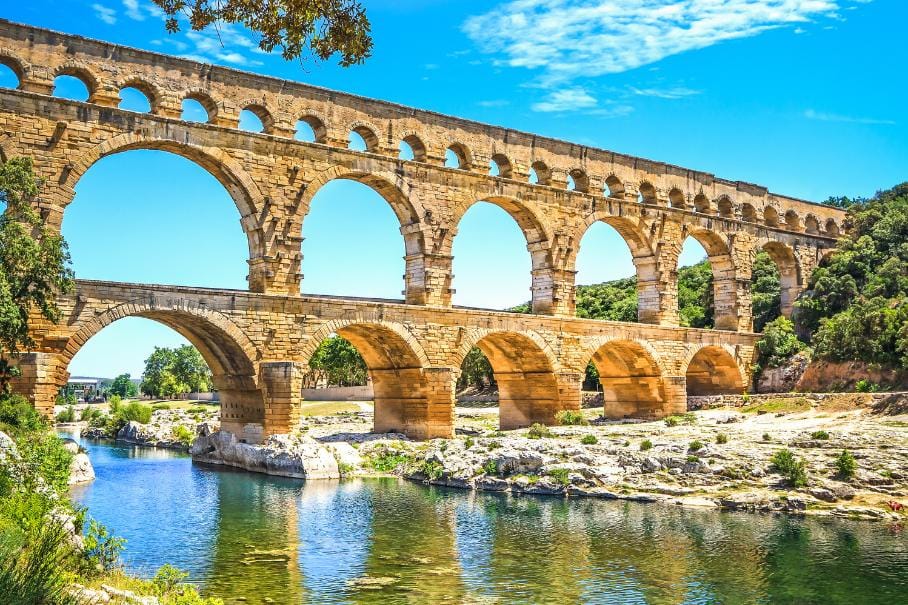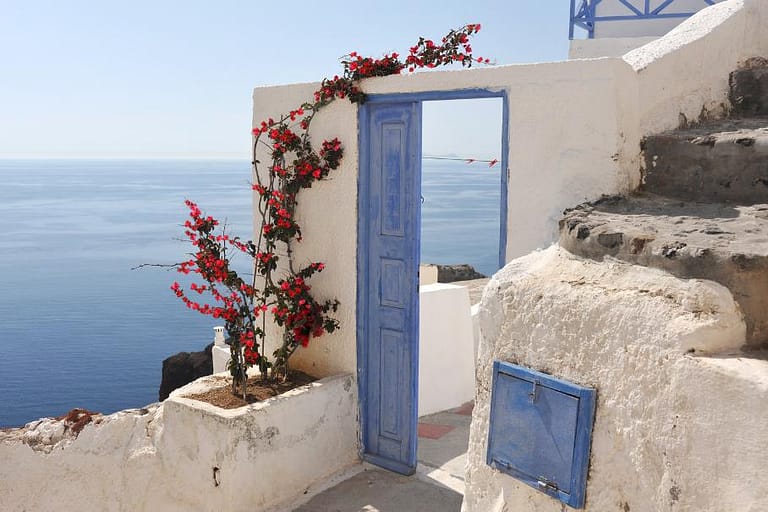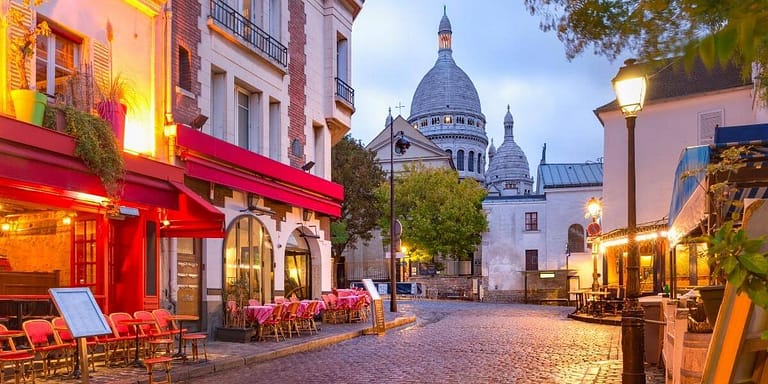UNESCO World Heritage Guide: Discover Our Cultural Treasures
Whenever I travel, I always look for ways to expand my understanding of the world around me. I try to immerse myself in the different cultures I visit, and one of the best ways to do that is by visiting UNESCO World Heritage Sites. Not only do they represent the most remarkable cultural and natural treasures the world has to offer, but they are also an exciting way to see the world as it once was. But what exactly are these sites, and what makes them important?
There are over 1,100 heritage sites recognized by UNESCO, with another couple hundred on the tentative list. I’m pretty sure that list will grow in time, but it’s hard to determine how large it can get. I’ve explored many existing heritage sites, but that still seems like a drop in the bucket. However, I’ve realized that not everyone shares my excitement about visiting these sites. Not because they don’t care about cultural heritage but rather because they are unsure what UNESCO sites are. That’s why I’ve compiled a handy guide that explains exactly that. Let’s get into it.
Affiliate Disclosure – This post contains affiliate links. If you make a purchase through these links, I may earn a commission. This doesn’t affect your purchases or any fees you may pay for the product or service. Read more in my DISCLAIMER.
What are the UNESCO world heritage sites?
The UNESCO World Heritage program was established in 1972 by the United Nations Educational, Scientific and Cultural Organization. The program aims to identify, protect and preserve sites of cultural and natural heritage. These sites represent our shared heritage, and their significance is why they are protected for future generations.

The idea of creating such a program was first proposed in the early 1960s as the spread of urbanization and industrialization threatened the existence of these sites. It was finally established as the World Heritage Convention in 1972 by United Nations and backed by 193 countries. There were originally 12 sites on that list.
How are sites chosen for inclusion on the list?
A site must meet specific criteria to be included on the UNESCO World Heritage List. The site must also demonstrate an outstanding universal value, represent a masterpiece of human creative genius, or contain exceptional natural beauty or geological formations. It also must be well-preserved and secured and have existing conservation plans to manage its conservation for future generations.

The World Heritage Convention is the body that provides a framework for identifying, protecting, and conserving these sites. It outlines a process for identifying and nominating sites for the World Heritage List, which are then evaluated by an independent advisory body based on criteria related to their outstanding universal value.
Why are world heritage sites important?
Once a site has been inscribed on the World Heritage List, it is recognized as a place of global importance. That automatically gives it protection under international treaties and agreements. The program also provides financial and technical assistance to support the preservation and conservation of these sites. As many cultural sites lack sufficient government funding, being part of the heritage list gives them extra attention and resources needed to operate and preserve them.

By establishing a framework for identifying and protecting significant cultural and natural sites worldwide, the program has helped to ensure that many important sites are preserved for future generations. It also promotes international cooperation and collaboration in heritage preservation, which is critical to addressing the many challenges facing our shared cultural and natural heritage.
UNESCO world heritage sites categories
There are three main categories of World Heritage sites. These are cultural, natural and mixed. While some sites clearly fall into one category, others can be both cultural and natural, so that’s why there is a mixed category.
Cultural Sites
Cultural sites are identified as ones that have witnessed human creativity, cultural exchange, or significant events in human history. They can include buildings, monuments, archaeological sites, or cities of outstanding universal value from a cultural or historical perspective. Examples of cultural sites include:
- The Great Wall of China, China
- The Historic Centre of Rome, Italy
- The Pyramids of Giza, Egypt
- The Taj Mahal, India
- The Acropolis, Greece

Natural Sites
Natural sites represent outstanding natural beauty or significant ecological and biological processes. They can include national parks, reserves, or wilderness areas of exceptional natural value. Examples of natural sites include:
- The Great Barrier Reef, Australia
- Yellowstone National Park, United States
- Serengeti National Park, Tanzania
- The Galapagos Islands, Ecuador
- The Grand Canyon, United States

Mixed Sites
Mixed sites have both cultural and natural significance. They can include landscapes shaped by human activity over time, such as agricultural or pastoral landscapes, or places where cultural and natural values are intertwined. Examples of mixed sites include:
- The Stonehenge, Avebury and Associated Sites, United Kingdom
- The Putorana Plateau, Russia
- The Rio de Janeiro Carioca Landscapes between the Mountain and the Sea, Brazil
- The Wadden Sea, Denmark, Germany, and the Netherlands
- The Historic City of Sucre, Bolivia
How to visit heritage sites responsibly
The idea behind creating a list of protected sites was to recognize their significance and ensure their protection for the future. Unfortunately, there are many threats in the world that can cause damage to those sites, putting many of them on the endangered list.

Overtourism and environmental impacts like climate change, pollution and natural events are some of the most pressing threats on these sites today. They can cause erosion, irreparable damage and degradation to these sites and ruin the experience for others. Wars and other political conflicts threaten the existence of these sites, which become the casualties of these conflicts.
Visiting these sites responsibly is a great way to raise awareness and contribute to their upkeep. Here are some tips to keep in mind when visiting culturally significant places.
Plan ahead
Before you go, research the site you plan to visit and check the official website for information on opening hours, admission fees and any special events or exhibits. Ensure you understand the site’s rules and regulations and plan your itinerary accordingly.
Dress appropriately
When visiting cultural sites, it’s important to dress respectfully. This often means covering your shoulders, wearing long pants or a skirt, and avoiding revealing clothing. This is especially important when visiting religious or sacred sites.

Be respectful
Many of these sites have been identified for their cultural importance. Be respectful of the rules and the people who live and work there. Follow any posted rules or regulations, avoid touching or climbing on the site, and be mindful of noise levels. Don’t litter or try to touch anything that’s clearly marked off.
Consider a guided tour
Many cultural sites offer guided tours, which can provide valuable insight into the history and significance of the site. A knowledgeable guide can make your experience more meaningful.

Visit during off-season
Tourism can have both positive and negative impacts on cultural sites. Be mindful of your impact as a visitor and consider ways to minimize your environmental impact. This can include travelling off-season, using reusable water bottles and not littering.
Recommended reading:
- 20 Remarkable UNESCO World Heritage Sites In Canada
- Visit Qutub Minar: India’s Incredible UNESCO Heritage Site
- City Break In Vilnius Old Town: Discover The Baltic Beauty
- Stunning Art Nouveau In Riga: Architecture Meets Fantasy
- Gothic Majesty At Malbork Castle: A Cultural Treasure
- The 7 New Wonders Of The World
- Discover The Royal Palace Of Caserta: A Baroque Masterpiece
- Discover Urbino: Italian Renaissance Gem You Need To Visit
Final thoughts
Visiting heritage sites is not only an opportunity to learn about the world’s history and natural beauty, but it is also a way to support the preservation of these unique and valuable sites. By visiting these sites and supporting responsible tourism practices, you can help to promote their conservation and sustainable development.
I encourage you to visit UNESCO World Heritage sites and support their preservation. By doing so, we can all contribute to protecting these treasures for future generations. Also, if you like to give a theme to your travels, heritage sites is a great one to do it.
FAQ
Travel Resources
Planning your next trip? Check out the resources I use and start planning your perfect getaway today!
- Flights: Find the best flight deals on Kiwi.com (my new go-to for flights)
- Book your accommodations: Find the best prices on hotels with Booking.com
- What to do: Find the perfect tour with Viator
- Need a car? Book your ride with Rentalcars.com
Check out my travel resource guide for more resources to help you plan your trip.







